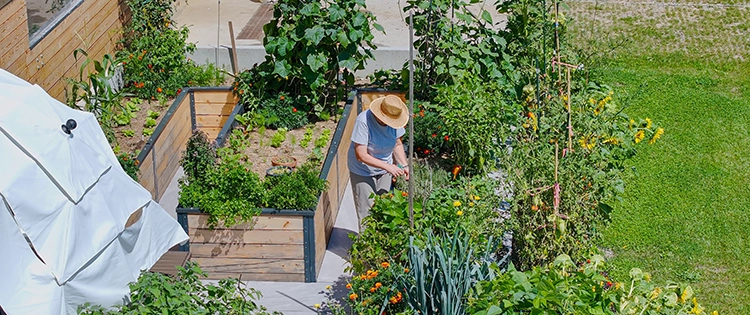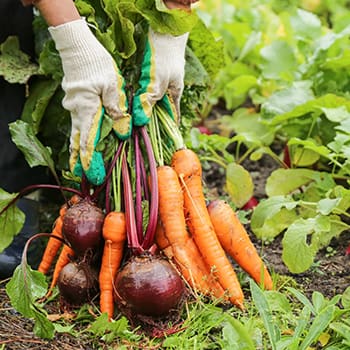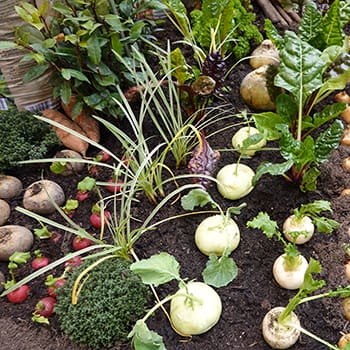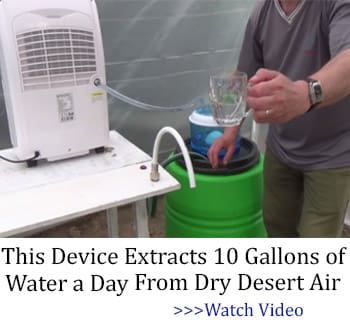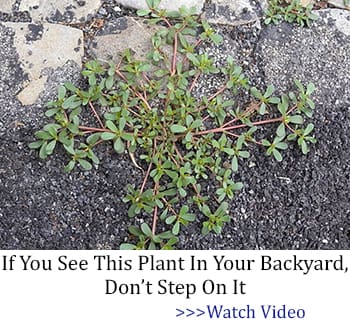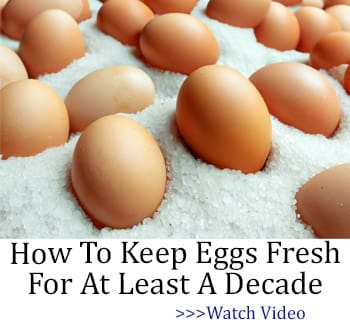The weather is unpredictable, especially these years, and a storm can destroy your plants in a breath. A falling branch can kill off an entire 10 ft section of corn in an instant and some of you may not even have a corn row that long.
However, I can promise you this; this guide will help you improve your gardening skills and lead you toward doubling and tripling what you produce. Let’s get started.
Fertilizer, Miracle-Gro, and Everything Else About That Mess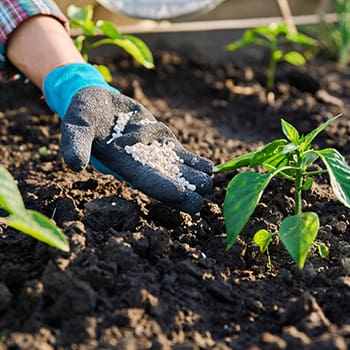
When I was a kid, the first thing we bought when we bought sad little plants from the Wal-Mart nursery was a giant bottle of Miracle-Gro.
You grow, you learn, and you throw that stuff away where it belongs.
Fertilizing is all well and good, but you run the risk of scorching a plant when you do it too much. Plants only have the ability to grow so much and so fast. Your best bet is to make sure that the ground they are going in (whether it’s pot, ground, or raised bed; it doesn’t matter) is as well prepared for that specific type of plant as you can possibly make it. It may not be perfect, but make sure that the plant feels like it’s at home.
Thoughtful Planning
This is where this part comes in. Take time to learn companion planting methods, to understand what makes each specific plant tick, and what they really want. Blueberries, for example, are a terrible companion plant for anything that does not like acidic soil. While you can’t put blueberries in pure acid, they will adore you if you drop the PH of the soil to around 5.5-6.2. They grow like weeds in that with a little light fertilizer and the berries practically explode in your mouth when you get them.
Related: Homesteading To Do’s: August
So what would I put with blueberries? We had a few magnolia trees that didn’t obscure the sun from a fence. Magnolias will eat up every bit of acid you’ll give them and so will blueberries. I swear, that corner of the garden could have grown Lemonhead candies it was so acidic. The blueberries were enormous, the blooms on the magnolias encouraged the pollinators to show up, and everybody was happy. If I am ever in a position to grow blueberries and magnolias together again, I certainly will.
Better Planting: Schedule, Schedule, Schedule
Sometimes, you have an enormous bounty of fruit all ready at the same time and then nothing. Nothing for weeks, months, or maybe even until next year.
That’s a problem. Let’s fix it.
A good gardener knows how to schedule when to plant their plants, assuming that the harvest season can be stretched for a long period. Some plants, such as peach trees, are only going to bloom at one point in the year and those trees are going to be done fruiting all at the same time no matter how hard you try to manipulate that. It’s pretty impossible to work with that mess.
Annuals, on the other hand, are a lot more pliable about this sort of thing. In fact, you’ll want to spread any annuals that you’re planting along a chart. Let’s take string beans for example. The average string bean takes around two months to grow. If you’re like me, you have a nearly 7 month gardening season (reliably; sometimes I’m still getting beans into December. Some of you are cheering. Those of you who are cheering don’t have to deal with my air conditioning bills).
Related: Why You Should Worry If You See This Butterfly In Your Garden
If the string beans are ready in two months, you don’t want to put all of your string beans in the ground in April. By July, you’ll have beans coming out of your ears. Worse, you’ll be canning or freezing in the middle of summer. While freezing might give you a brief break from the heat, you’re still stuck out there harvesting beans. So many beans. And it is so, so hot.
Instead, you’ll plant the first row of beans in April. You’ll plant another row in May, and maybe a third row in mid-May. The fourth row is planted in early June. By the time that you’re harvesting the April row, you’ll have new bean seedlings ready to go in the ground in July where those April beans have just come out.
This cuts down on how much you’re harvesting, but it extends how much you can harvest over your growing season. Rather than having a glut, which may attract aggressive pests anyway, meter your plants throughout the growing season.
Picking the Right Varieties
While many plants require full sun to give you their very best fruits and vegetables, that doesn’t mean you’re always going to have access to as many full-sun planting areas as you may need.
This, plus weather tolerances and gardening zones, are things to consider when grabbing a plant (or a packet of seeds) off the shelf. Sure, you grew Silver Queen Sweet Corn last year and it did very well. Have you considered looking at that specific variety, realizing how much water it takes, and understanding that you were actually overwatering it? Corn loves water (though not puddling) but perhaps if you take a slightly more judicious approach to watering, your yield per plant would improve.
Much like the rest of this article, this has to do with taking your time to study your land and the types of plants appropriate for it. For instance, I haven’t grown tangerines in quite some time because there is a virus in my area that refuses to let citrus change color (some of you may know what I’m talking about) and ripen.
They simply turn green, fall off the buds, and die. That’s disappointing when you put so much into a fruit tree and get absolutely nothing.
At the end of the day, your studying and preparedness will be the primary factors deciding how much yield you get per plant. Take your time. Learn your land. And, as always, Happy Gardening.
Bad Gardening Habits That Could Ruin Your Crops
The Succulent Red Plant That Tastes Like Bacon (Video)
13 Plants That Thrive In Shade
